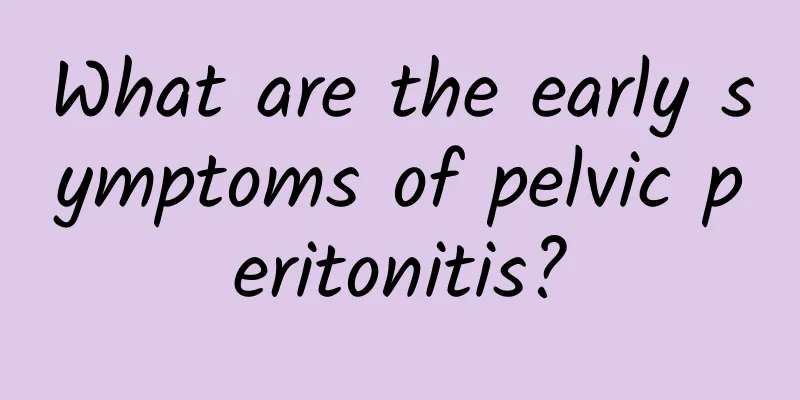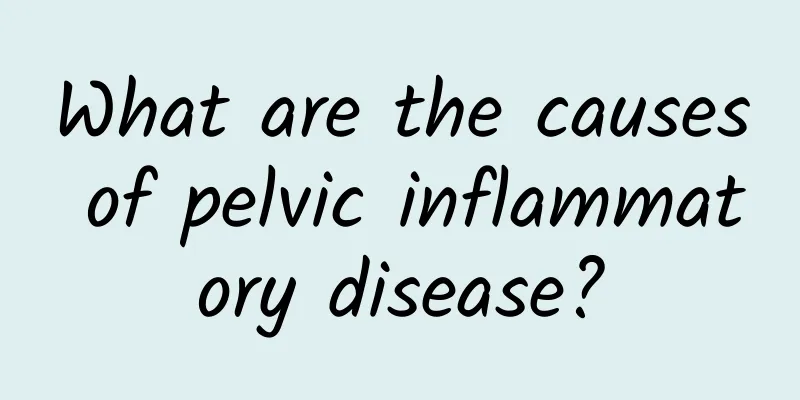How to check chronic adnexitis

|
Chronic adnexitis is usually confirmed through a series of medical tests to ensure an accurate diagnosis. Common examination methods include ultrasound examination, vaginal B-ultrasound and blood tests. Ultrasound examination can clearly show the female pelvic and adnexal structures, helping doctors determine whether there are signs of inflammation. Vaginal B-ultrasound is a more detailed ultrasound examination suitable for evaluating the specific condition of the adnex and determining the scope of inflammation. Blood tests are often used to detect inflammatory indicators in the body, such as elevated white blood cell counts, which can provide further evidence of inflammation. Patients with chronic adnexitis usually experience symptoms such as long-term lower abdominal pain, irregular menstruation, or infertility. These symptoms may affect the patient's quality of life, so timely and accurate diagnosis is particularly important. Doctors usually assess whether further examinations are needed based on the patient's medical history and symptoms, such as bacterial culture, to identify the specific type of bacteria that infects. At the same time, imaging examinations, such as CT scans or magnetic resonance imaging (MRI), may also be used in more complex cases to obtain more detailed images of lesions. Patients with chronic adnexitis usually experience symptoms such as long-term lower abdominal pain, irregular menstruation, or infertility. These symptoms may affect the patient's quality of life, so timely and accurate diagnosis is particularly important. Doctors usually assess whether further examinations are needed based on the patient's medical history and symptoms, such as bacterial culture, to identify the specific type of bacteria that infects. At the same time, imaging examinations, such as CT scans or magnetic resonance imaging (MRI), may also be used in more complex cases to obtain more detailed images of lesions. During the treatment process, it is crucial to have regular physical examinations and follow professional medical advice. If chronic adnexitis is diagnosed, treatment may include antibiotic treatment, physical therapy, and surgical intervention when necessary, such as removal of diseased tissue. In terms of diet, it is recommended to supplement with foods rich in antioxidants, such as blueberries and spinach, to enhance the function of the immune system. Patients should also maintain good personal hygiene and a healthy lifestyle to reduce the risk of recurrent inflammation. If symptoms persist or worsen, it is recommended to see a doctor as soon as possible for further professional guidance and treatment. |
<<: Reasons why women stop menstruating before 40
>>: What exercises can control the growth of uterine fibroids?
Recommend
At what age can adults get the flu vaccine?
Adult influenza vaccine is recommended for all ad...
What to do if you suspect threatened miscarriage
Don't blindly preserve the fetus in case of t...
Which type of abortion is less harmful to the human body?
Which type of abortion is less harmful to the hum...
Two major cancer symptoms of cervicitis in women: some ways to stay away from cervicitis
Cervicitis is a common cervical disease caused by...
What is a good way to treat female pelvic peritonitis?
The pelvic peritonium is a wall membrane of the p...
What is the difference between uterine cysts and fibroids? Are uterine cysts and fibroids the same?
Uterine adenoma and fibroids are common gynecolog...
What does multiple cervical cysts mean?
What does it mean to have multiple cervical nabot...
How many days after the menstrual period ends can I have sex? Will I get pregnant?
Women should not have sex during menstruation, an...
The causes of acute cervicitis are often the following
Cervicitis is divided into acute cervicitis and c...
What are the symptoms and treatment of pelvic inflammatory disease?
What are the symptoms and treatments of pelvic in...
What are the surgical methods for uterine fibroids? How to treat uterine fibroids?
Surgery is a relatively effective treatment for u...
What are the symptoms of ectopic pregnancy in the fallopian tube?
Ectopic pregnancy is a common gynecological disea...
What are the common misunderstandings in the treatment of uterine fibroids? How to improve the treatment effect of uterine fibroids?
In the long-term treatment of uterine fibroids, o...
A brief comparison of new and old ectopic pregnancy surgeries
With the development of medical technology, the t...
What are the symptoms of bacterial vaginosis?
The most common disease in the vagina is vaginiti...









